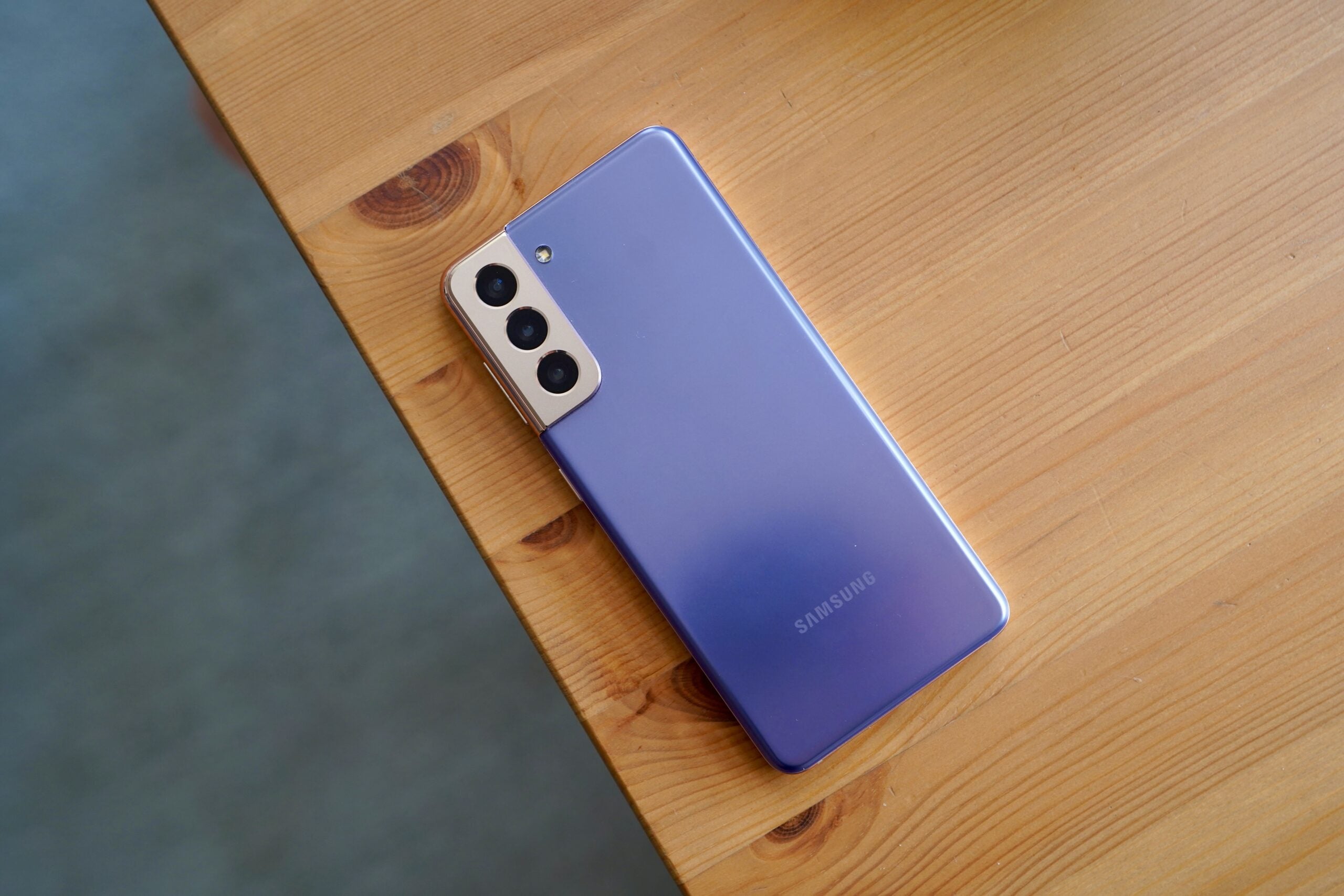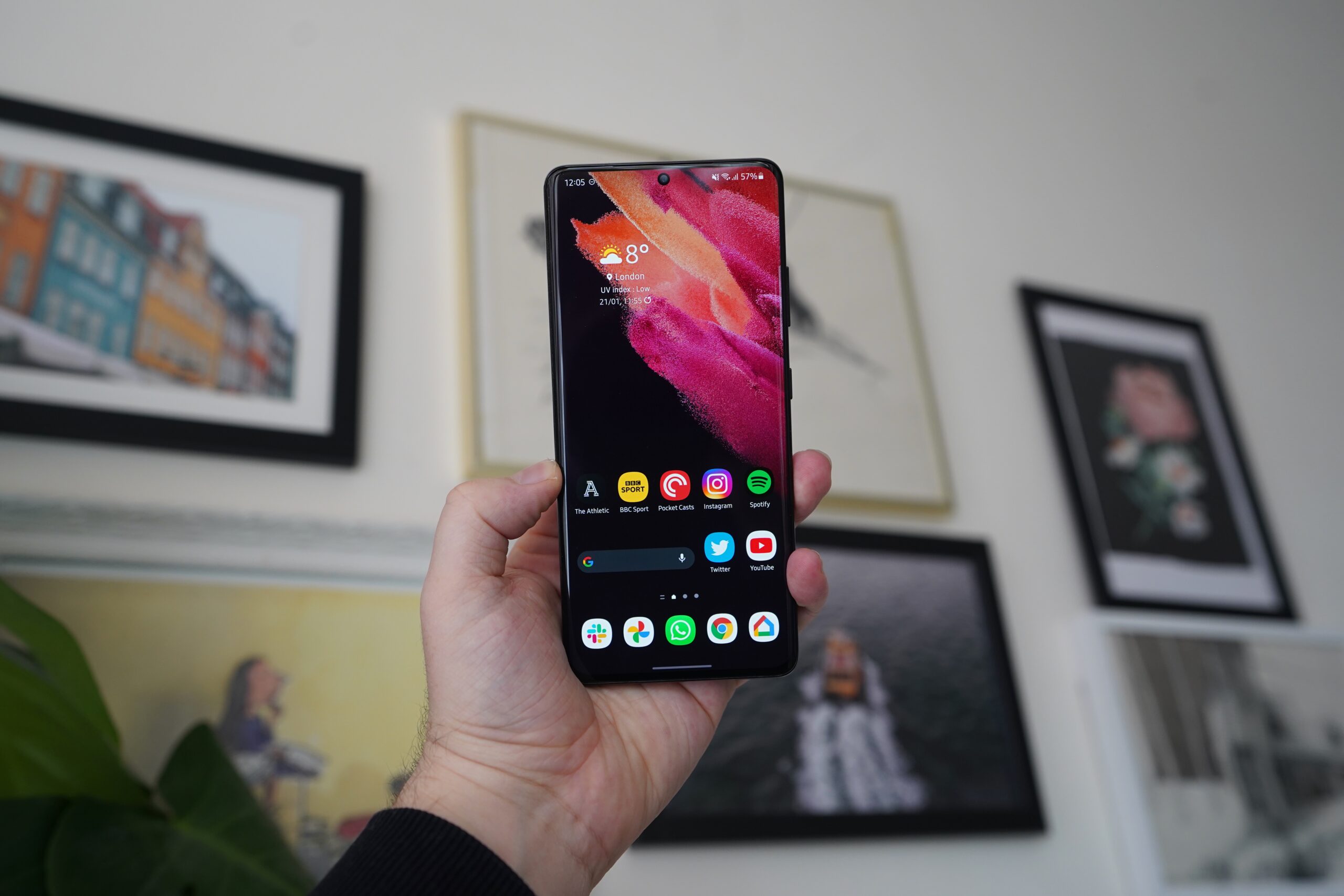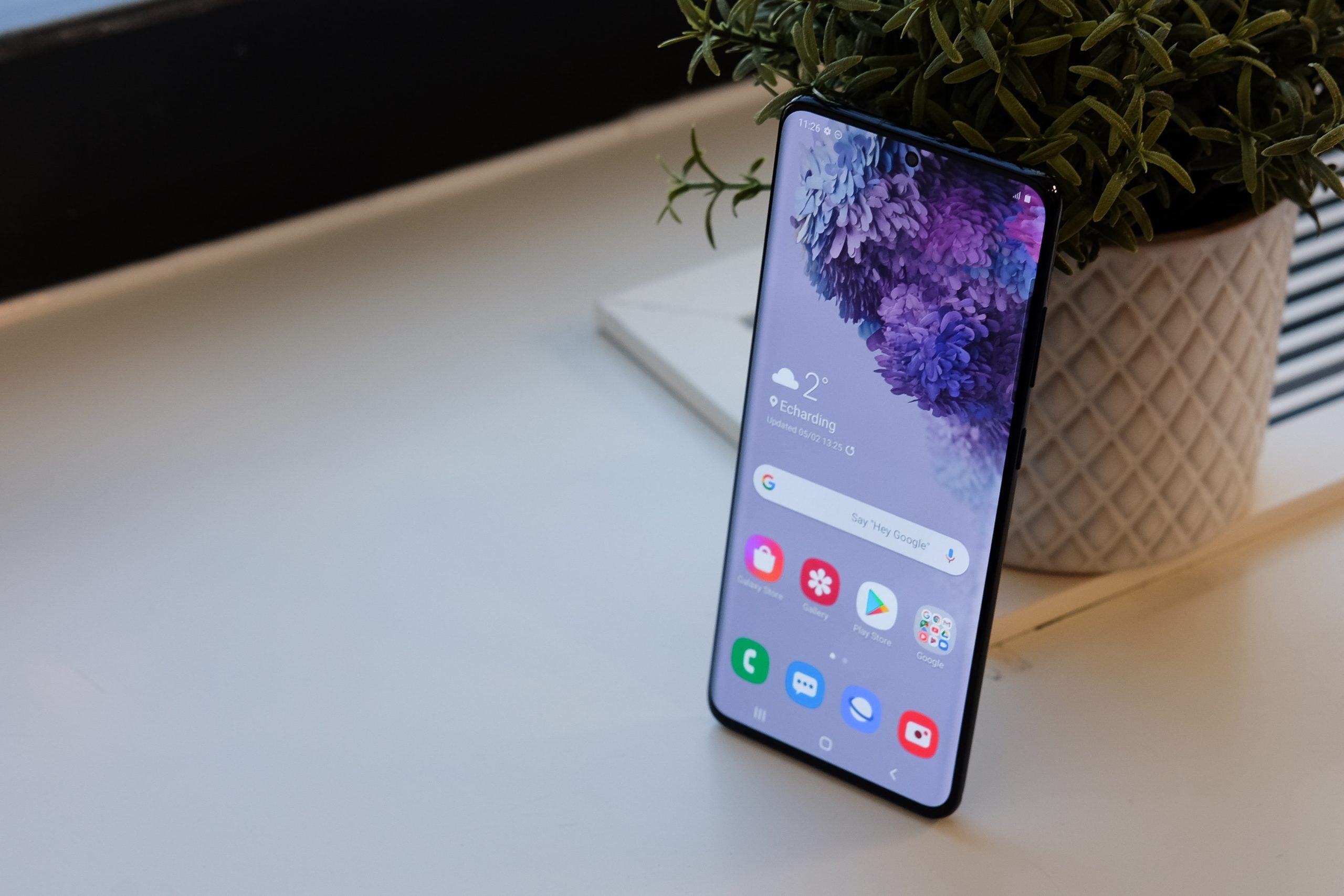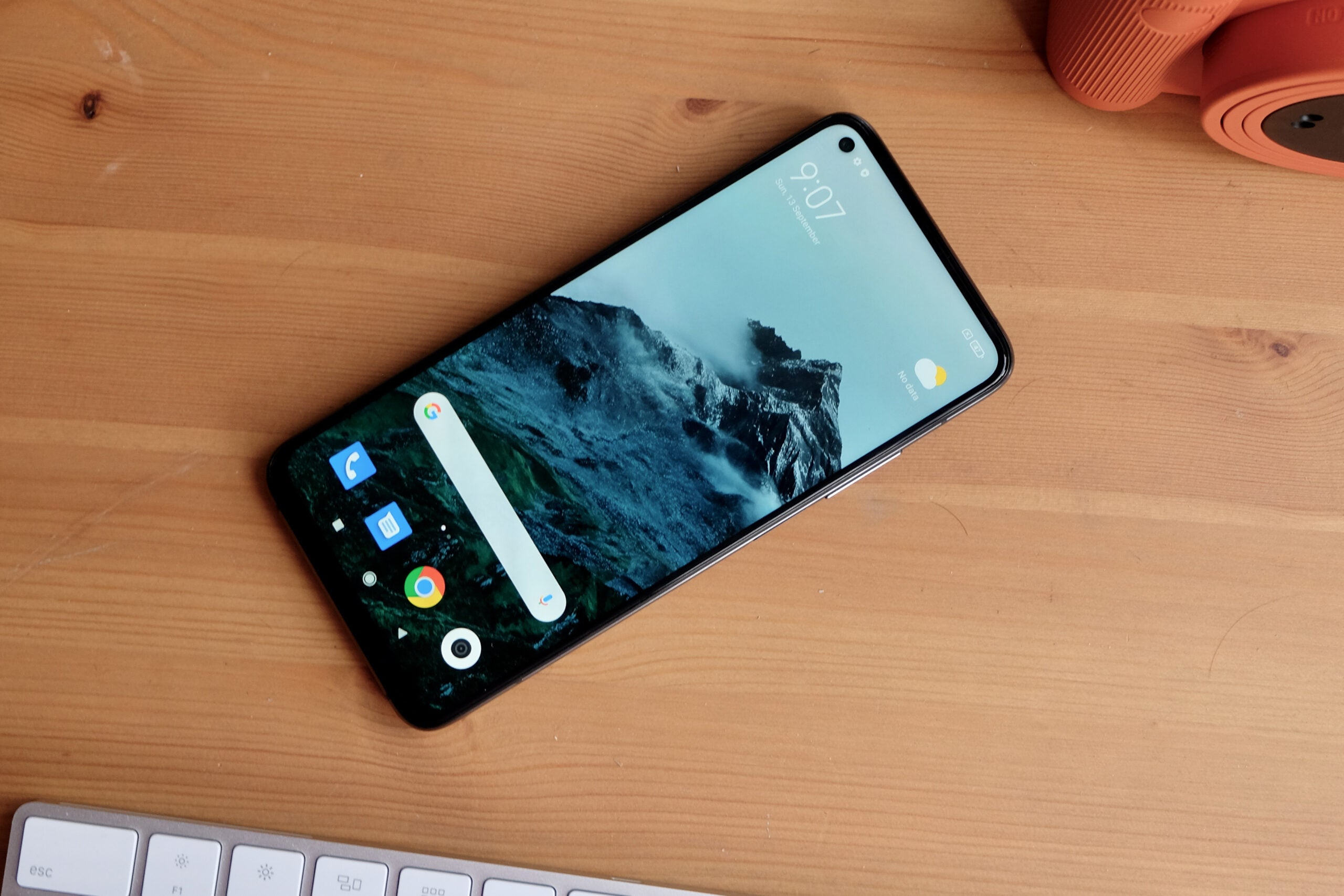Xiaomi Mi 11i Review
Muddying the flagship waters
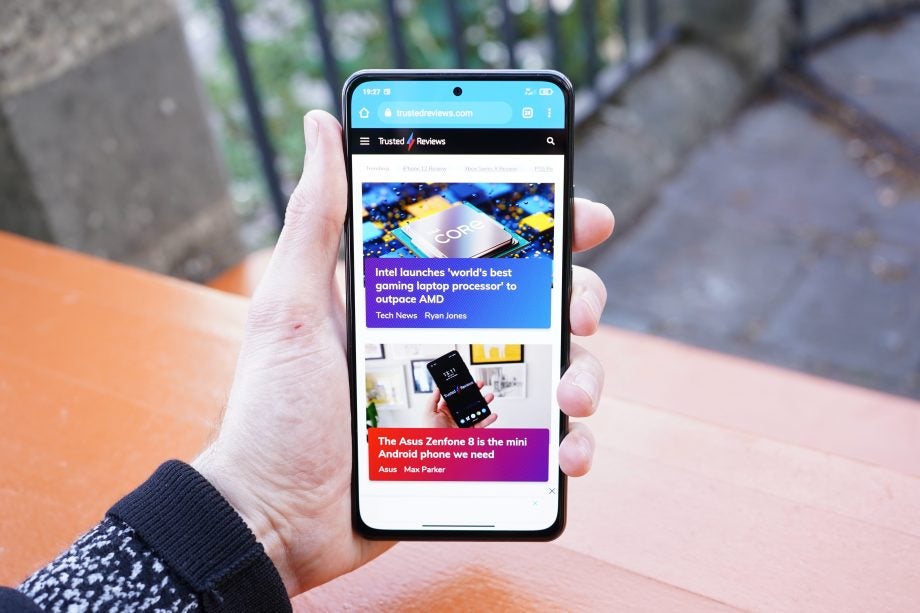

Verdict
| The Xiaomi Mi 11i is a curious hodge-podge of a phone, an impressively specced and aggressively priced quasi-flagship that lacks the strong identity of its brothers. |
Pros
- Top-notch performance
- Fast and fluid AMOLED display
- Competent 108-megapixel camera
Cons
- Generic design
- No wireless charging
- Camera isn’t quite as advanced as it initially seems
Availability
- EuropeRRP: €649
Key Features
- Flagship specsHigh-end Snapdragon 888 chipset with 5G
- Great gamingA very fast display makes it ace for gaming
- CameraMultiple rear cameras, including 108-megapixel main sensor
Introduction
If you thought Xiaomi was finished with its sprawling 2021 Mi 11 line, you’d be sorely mistaken. Scan over the pricing of the existing range, and you’ll notice there’s a gap right in between the flagship Xiaomi Mi 11 and the mid-range Xiaomi Mi 11 Lite, which is what the Xiaomi Mi 11i seeks to fill.
Priced at €649 (roughly £560/$795) for the entry 128GB model and moving up to €699 (£605/$850) for the 256GB version, it notably undercuts the OnePlus 9.
If you’re wondering why we’re not supplying official UK or US pricing, it’s because the Mi 11i isn’t bound for either of these English-speaking territories, at least not right now.
Although unsurprising, this limited rollout is a bit of a shame, since this really could be one of the best mid-range phones around.
Design and screen
- Identical design to the Poco F3 and Redmi K40 Pro+
- Slim, balanced plastic and glass build
- Strong 6.67-inch 120Hz Super AMOLED screen
If the Xiaomi Mi 11i doesn’t quite look like the rest of the Xiaomi Mi 11 range, that’s because it isn’t from the same stock. To all intents and purposes, it’s a rebadged Redmi K40 Pro+.
You might not be familiar with that phone, which was primarily aimed at the Indian market. But you might well be familiar with the Poco F3, which shares the exact same external design. And I do mean the exact same – I have the two phones in front of me as I type this, and literally the only difference is the branding and some of the writing on the camera module.
Not surprisingly, the Xiaomi Mi 11i’s dimensions are identical to those of its doppelgangers (triplegangers?) – 163.7 x 76.4 and a super-skinny 7.8mm. It also weighs the same 196g, which is within that ‘just-right’ region right before things get uncomfortable.
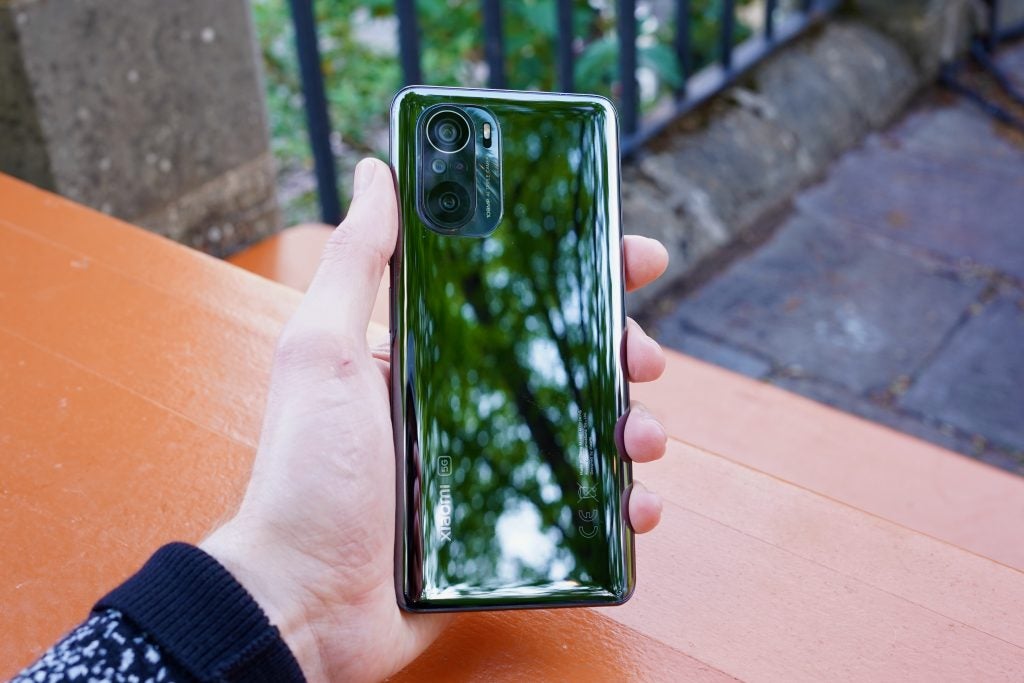
Whether you call this approach cynical repurposing or efficient recycling (I find myself veering towards the former), it undoubtedly sits at odds with the aesthetically distinct, elegant design language of the wider Mi 11 range. I’d argue that the Xiaomi Mi 11 Lite looks better and feels more special, despite costing a lot less.
If that assertion seems questionable to you, then consider that the Mi 11i’s twin, the Poco F3, costs only £329/€349 (no US pricing). In other words, it’s questionable whether you’re getting a premium design here.
That’s apparent from a number of little design compromises, most obviously the use of a plastic frame. While that frame might be sandwiched by Gorilla Glass 5, the display itself is dead flat. And while the bezels are fairly minimal, the chin is a little larger. Glance up to the central hole-punch selfie camera, meanwhile, and you’ll see that distractingly reflective surround that some cheaper phones tend to have.
Another sign that the Xiaomi Mi 11i is made of relatively humble stuff is a deeply modest IP53 rating. You won’t want to be dropping it in any pools of water, that’s for sure. It’s a shame there’s no IP68 rating here, for that extra protection.
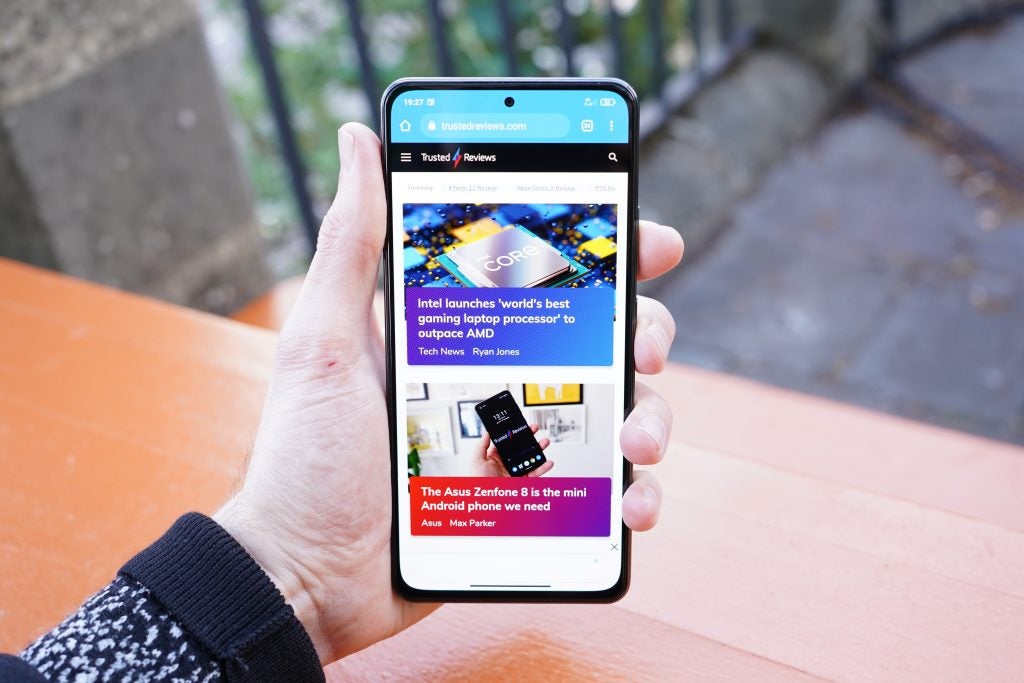
Another budget-level touch is the inclusion of a side-mounted fingerprint sensor, something often seen on the best cheap phones but rarely on much pricier devices. It’s nice and reliable, and it unlocks the phone in an instant – but like the Poco F3, it lacks the extra texture or indentation to help you find it in a pinch.
Finally, the Mi 11i’s haptic motor clearly isn’t in the same league as that of, say, the Xiaomi Mi 11 Ultra. But then, that phone costs twice the money.
All negativity aside, the Xiaomi Mi 11i is a perfectly pleasant phone to use. It’s robust and comfortable, and it also finds space for stereo speakers with Dolby Atmos support, which is apparently a first for Xiaomi smartphones.
On the display front you’re looking at a 6.67-inch Super AMOLED with an FHD+ resolution and a nice fast 120Hz refresh rate. There’s HDR10+ support for more immersive and colourful video in supported apps and services.
Another small area in which the Mi 11i trumps the OnePlus 9 is the matter of touch sampling rate. At 360Hz, this display is as responsive to the touch as the OnePlus 9 Pro. That’s good news for gamers, especially when combined with the phone’s impressive performance.
Camera
- 108MP main sensor of a lesser order than Mi 11’s
- Capable of decent, if not flagship-level shots
- Underwhelming ultra-wide, especially compared to OnePlus 9
In case you hadn’t picked up on it yet, we have the sense that the Xiaomi Mi 11i is a bit of a parts bin job – albeit a very accomplished one. That feeling continues when we consider its camera system.
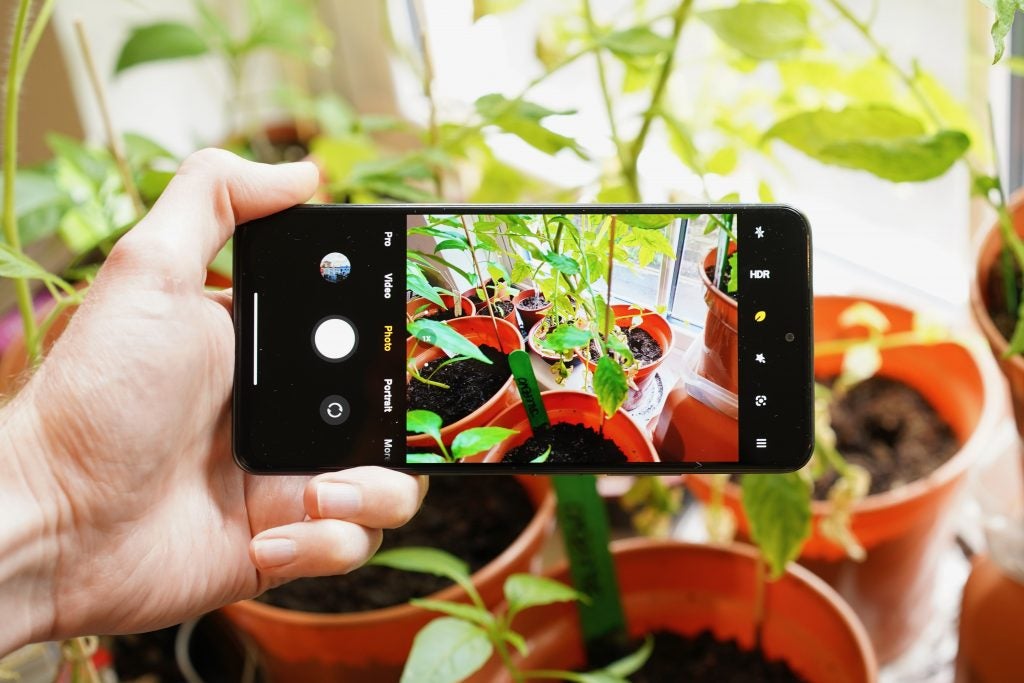
It’s headlined by a very impressive sounding 108-megapixel wide sensor, but this isn’t the same state-of-the-art Samsung ISOCELL HM3 component that so impressed us in the Xiaomi Mi 11 and the Samsung Galaxy S21 Ultra. Instead, it’s the much more humble Samsung ISOCELL HM2 sensor that we’ve previously seen in the Redmi Note 10 Pro and the Realme 8 Pro.
We were very impressed with the camera systems of both of those latter two phones. But context is crucial, and both cost a lot less. While we praised their photographic output for punching well above their weight, those same (or very similar) results feel more like par for the course in a phone retailing for double the money.
Still, par translates to pretty good pictures at this end of the market. Shots taken with the Xiaomi Mi 11i’s main camera are generally bright, detailed and nicely balanced. Xiaomi’s AI constructs zingy, colourful shots that nonetheless never get to Samsung levels of extreme vibrancy.


I noticed an unexpected amount of lens flare when shooting side-on to the sun, which was a bit of an unpleasant surprise. You don’t get the benefits of a fancy Zeiss lens coating as you do with the Vivo X60 Pro.

But generally speaking, the results are decent. Food shots looked good enough to eat, while the Portrait mode proved pretty effective at isolating subject from blurred-out background.
Night mode shots look passable, but there’s a clear gulf between this and more expensive phones. Besides the more modest sensor, you can probably thank the lack of OIS for that. The OnePlus 9 also lacks this fundamental component, so the Xiaomi Mi 11i isn’t alone here, but it’s worthy of criticism in both cases.

The Mi 11i’s 8-megapixel ultra-wide sensor is really nothing to write home about, and certainly isn’t up to the standard of the OnePlus 9’s uniquely capable 50-megapixel equivalent or some of the other best camera phones around. Shots taken with this zoomed-out sensor are far from a write-off, but the colour tone is more exaggerated than with the main sensor, and detail levels are clearly inferior.

There’s also a 5-megapixel macro sensor, but you can probably guess what we think about that. It will capture extreme close-ups reasonably proficiently, but with noticeable levels of noise. For zoomed-in shots you’ll have to rely on Xiaomi cropping in on the main sensor. Thankfully, it has pixels to burn, so they don’t look bad at all.
Indeed, that eyebrow-raising 108-megapixel figure actually equates to 12-megapixel shots in general shooting, thanks to a 9-to-1 pixel-binning technique. While the pixels come in at a fairly modest size of 0.7μm on their own, they combine to produce 2.1μm ‘super pixels’.
The Mi 11i’s 20-megapixel selfie camera is adequate, if underwhelming. Skin tones tend to feel a little smudged and rubbery in my experience, but it does a basic job.

Performance
- Snapdragon 888 and 8GB of RAM for flagship performance
- Together with 360Hz touch sampling rate, it’s great for gaming
- MIUI still fast and functional, but still a compromise
Xiaomi calls the Mi 11i “The Star Performer,” and it isn’t hard to see why.
With a Snapdragon 888 chip and 8GB of LPDDR5 RAM, it’s as well specced as any Android phone on the market.
Both Genshin Impact and PUBG Mobile operate impeccably at full graphical settings, as you’d expect of any phone with this level of power. Like the OnePlus 9 before it, the Mi 11i really is offering you top-end performance for a good price.
My benchmark tests only confirmed that point.
In Geekbench 5, an average multi-core score of 3721 and a single-core score of 1130 is right up there with the very best. The far pricier Xiaomi Mi 11 Ultra, for example, scored 3731 and 1117 respectively.
Unfortunately, I was unable to put the Mi 11i through any of the usual 3DMark and GFXBench GPU tests, since Xiaomi appears to be blocking any that require an online connection. But the eyes and fingers don’t lie, and the Mi 11i made short work of the usual high-end gaming workouts.
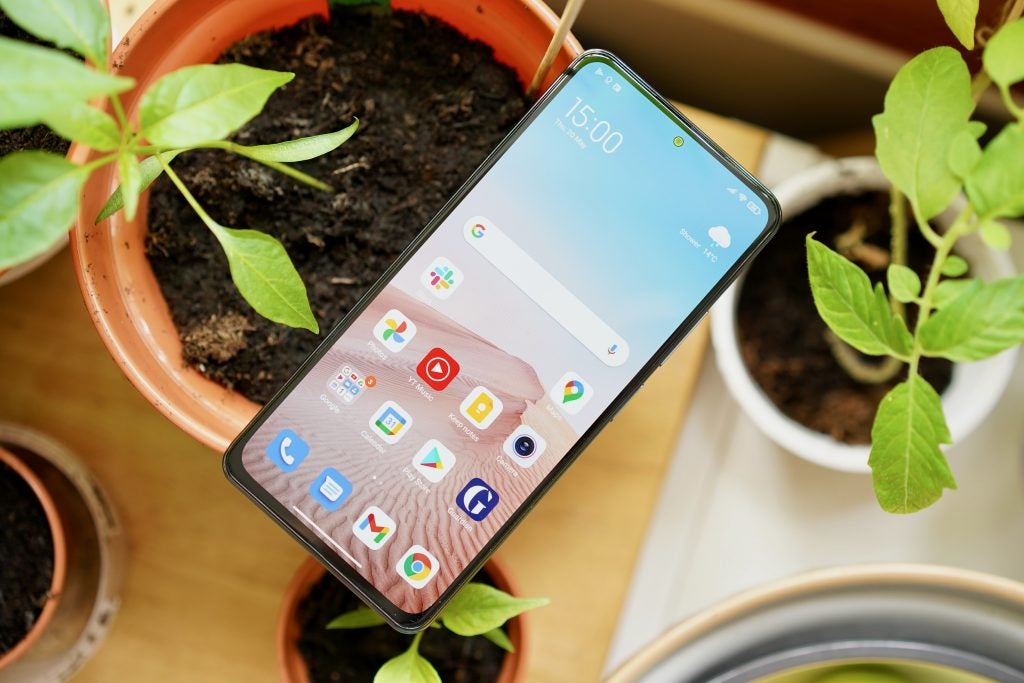
The Xiaomi Mi 11i goes one better in gaming performance terms. The OnePlus 9’s display ‘only’ manages a 240Hz touch sampling rate, while the Xiaomi Mi 11i matches the OnePlus 9 Pro on 360Hz. In other words, its display is super-responsive to touch inputs, which has particular ramifications for games that require fast reactions.
Such advanced games tend to take up a lot of space on your phone, of course, but the Xiaomi Mi 11i is well equipped for the task. There’s a choice of either 128GB or 256GB of internal storage, albeit with no potential for expansion.
This being a Xiaomi phone, you have to deal with the company’s MIUI 12 layered over Android 11. I’ve been using this interface an awful lot over recent months, across a diverse range of phones including the Xiaomi Mi 11 Lite, the Poco F3, the Redmi Note 10 Pro, and the Xiaomi Mi 11 Ultra.
Perhaps this familiarity has forced a sense of comfort with Xiaomi’s UI, as I find it quite easy to live with. It’s fast and fluid, Google Feed is right there to the left of the homescreen, and there’s a pleasing level of customisation on offer. The ability to split the notifications and control centre into two separate drag-down motions is a particularly welcome touch.
Despite this growing comfort, though, I’ve still not come to truly love MIUI. This remains a somewhat fussy and overly in-your-face interface – the kind that makes you wait a few seconds to reflect on certain system-affecting decisions before you can confirm them.
You also get the usual suite of Xiaomi’s own apps, alongside a smattering of preinstalled third-party apps. What, you didn’t want TikTok or WPS Office on your phone? Tough luck. I’ve grown accustomed to instantly shunting a dozen or more of these apps into a ‘junk’ folder, but I’d really rather not have to do that.
Battery life
- 4520mAh battery sufficient for all day use
- 33W is quick enough, if not the quickest
- No wireless charging
The Xiaomi Mi 11i runs off a 4520mAh battery, which is a pretty normal flagship spec. It’s roughly the same capacity as the OnePlus 9, with which it’s in close competition.
It’s unsurprising to find that the Mi 11i enjoys a broadly similar level of stamina, then. Just as with the second-tier OnePlus, you’ll be able to get through a full day of fairly intensive use on a single charge.
I found that I was routinely able to go get to bed time with 20-30% left in the tank. This was with three and a half to four hours of screen-on time, and with fairly mixed usage – including a little gaming and plenty of time spent away from the stability of a Wi-Fi connection.
What’s more interesting is the finding that the Mi 11i enjoyed superior battery performance to the more capacious (4600mAh) Xiaomi Mi 11. While the latter supped up 12% of its charge following an hour of Netflix streaming, the Mi 11i only consumed 7%.
You can likely thank the Mi 11’s more hungry 1440p display resolution for that. Sure enough, the similarly specced OnePlus 9 consumed a similar amount during our media tests.
Where the OnePlus 9 really scores big over its rival is in recharge time. You only get a 33W charger bundled in with the Xiaomi Mi 11i, whereas the OnePlus 9 provides a huge 65W brick.
Charge times for the Xiaomi Mi 11i are still reasonably rapid. I was able to get from 0 to 72% in just 30 minutes, which is nothing to be sniffed at. But when you consider that the OnePlus 9 can do the same in less than 15 minutes, it’s clear where the advantage lies.
While we’re giving props to OnePlus, its affordable flagship also supports wireless charging. There’s no such provision for the Xiaomi Mi 11i, which is a bit of a downer. It’s another sign that this isn’t the custom-made premium phone it might appear to be.
Best Offers
Should you buy it?
You want a flagship experience for less The Mi 11i comes with plenty of flagship specs and features, but for a lower price. If high performance is important then this remains a great option.
You’re on the hunt for good design The Xiaomi Mi 11i approaches the mainline Mi 11 with many of its specs, but its design falls well short. It’s way more generic than even the lesser Xiaomi Mi 11 Lite.
Verdict
The Xiaomi Mi 11i offers a compelling alternative to the OnePlus 9, with competitive flagship-level performance, a vibrant and fluid display, and a 108-megapixel camera, all for a little less money. It seems to have been cobbled together from bits of other phones, however, which gives it a somewhat generic feel, while its 108-megapixel camera isn’t quite as advanced as it first seems. It’s a distant and altogether less beguiling cousin to the rest of the Mi 11 family, but it certainly has its talents.
FAQs
The Xiaomi Mi 11i only has an IP53 rating, so it isn’t waterproof
No, there’s no wireless charging here
The Xiaomi Mi 11i is a 5G phone


